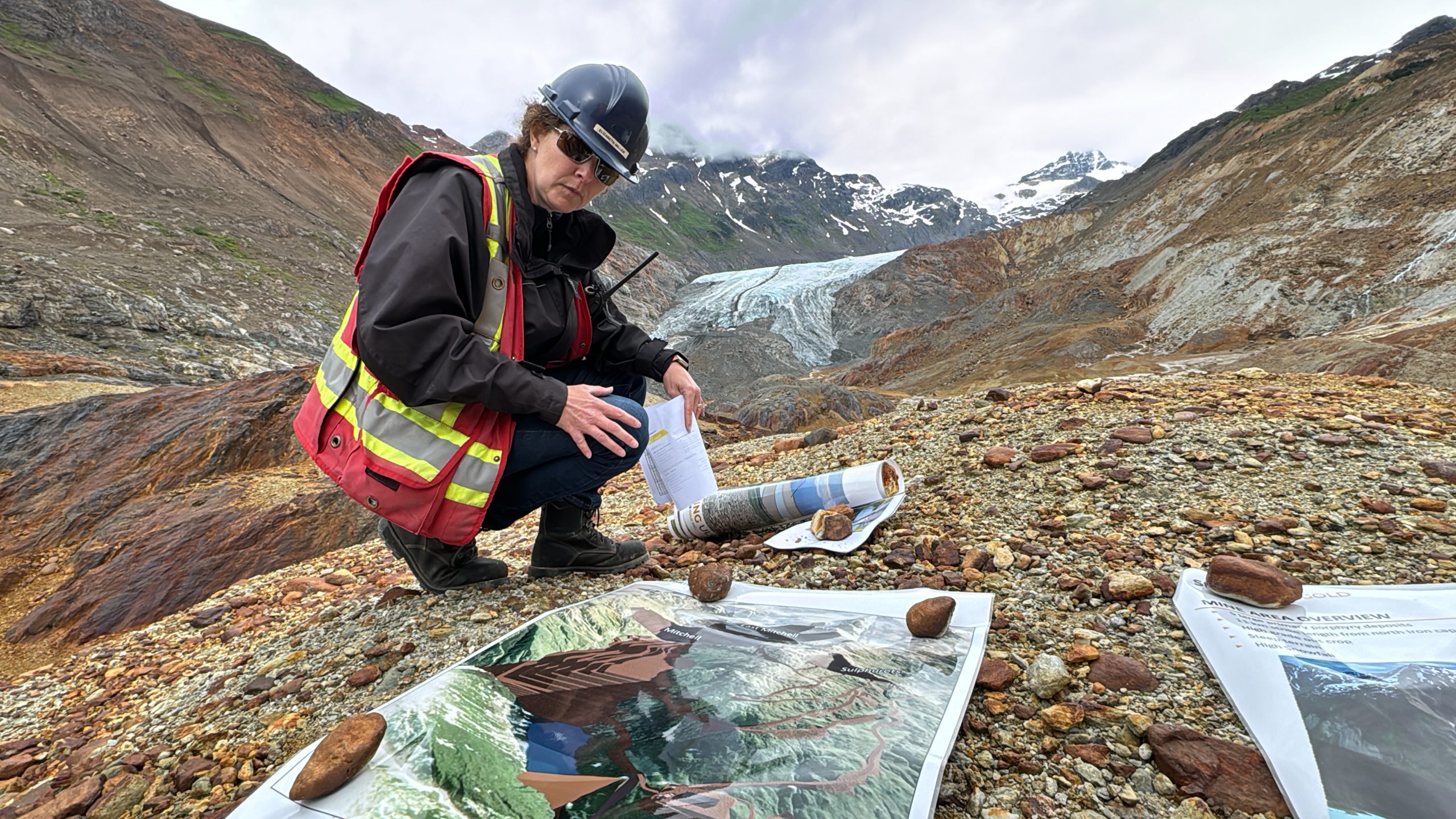“The bottom sediments of a lake represent a complete history of what has fallen into the lake water and settled to the bottom,” Avner Vengosh, one of the scientists involved in the project, said in a media statement. “Using our age-dating methods, we were able to go back in time, in some cases even before the coal plant was built, and reconstruct the history of the lakes.”
Coal ash is the residual material from burning coal to generate electricity, and is known to contain lead, chromium, cadmium, mercury, arsenic, selenium and molybdenum, many of which have been tied to human cancers and other health effects.
According to Vengosh, the contaminants are not locked into the lake sediments. A chemical analysis of the pore water within the lake sediments indicated the metals leached out from the buried coal ash and could enter the aquatic food chain.
“These are recreational lakes,” said Zhen Wang, who led the study published in Environmental Science & Technology. “Some of them, like Hyco Lake, were originally built for the coal plant, but over the years, it has become very desirable real estate where people build their dream homes. It looks very pristine and beautiful, but if you dig in, you find piles of toxic coal ash.”
In fact, the five lakes in the study were created for nearby coal plants: Hyco Lake and Mayo Lake, North of Durham in Person County; Belews Lake, northwest of Greensboro in Rockingham, Forsyth and Stokes Counties; Mountain Island Lake, northwest of Charlotte in Mecklenburg County; and Lake Sutton, northwest of Wilmington in Brunswick County. For comparison, the researchers also sampled Lake Waccamaw in Columbus County, west of Wilmington, a natural lake that was dammed in 1926 so it wouldn’t dry out during droughts.
Different types of coal ash
By looking at the microscope, the researchers were able to identify the different types of coal ash that were deposited over time in the lakes.
They noticed that at several of the sites, coal ash was initially dumped into the nearby lake. Over time, when the Clean Air Act was enforced and scrubbers were added to the coal plant smokestacks to catch fine particulates, the deposited coal ash changed and included higher proportions of small particles.
The tiny particles, however, contain the highest concentrations of toxic elements, which made contamination worse for the lakes.
The study authors suggest the coal ash could reach lakes by three possible routes: Atmospheric emissions of coal ash, particularly before the installation of the scrubbers, settled in nearby lands and was washed back into the lake by its watershed; climate events like tropical storms and hurricanes flooded and flushed the nearby coal ash impoundments to overflow into the nearby lakes, and ordinary flows of effluents from the coal ash ponds reached the lake as part of their routine operation.
“While previously we thought that lakes and groundwater are being contaminated by leaking or effluents discharge from of coal ash ponds, the new findings indicate that we have underestimated the environmental impact of coal ash,” Vengosh said. “We thought that the majority of the coal ash is restricted to coal ash ponds and landfills. Now we see it’s already in the open environment.”
The scientist and his colleagues warn that this is a much larger problem and given climate change it will only grow worse.
“We did a very detailed examination of five lakes, but there are numerous lakes or open water reservoirs next to coal plants not only in North Carolina but all over the country,” Vengosh said. “The phenomenon that we discovered probably applies to many other sites across the US and all of them are going to be vulnerable to more extreme weather events and flooding that we know is coming from global warming.”




